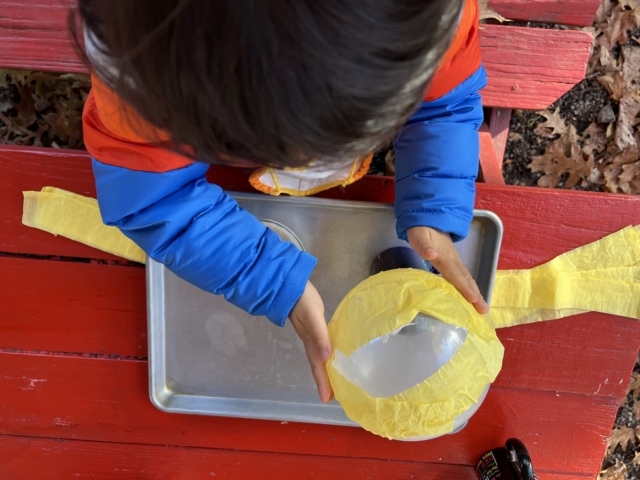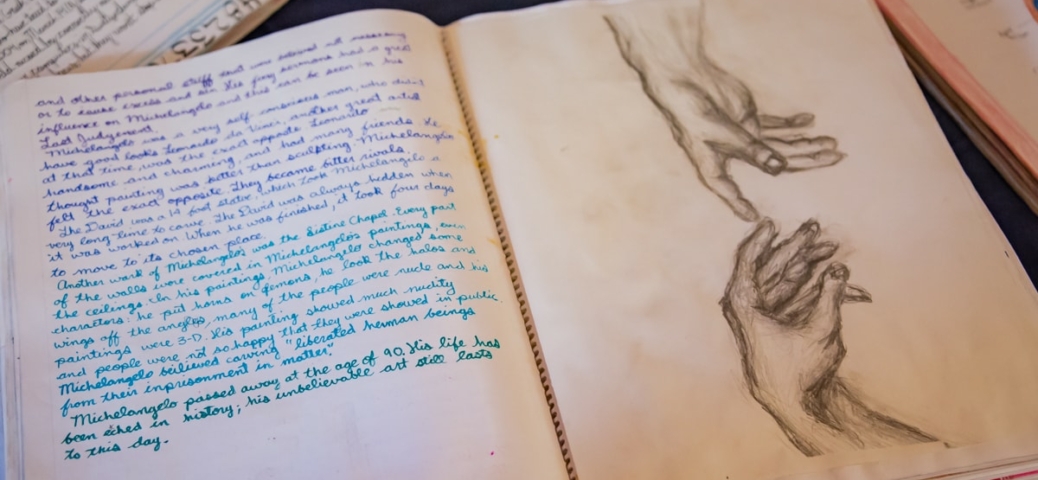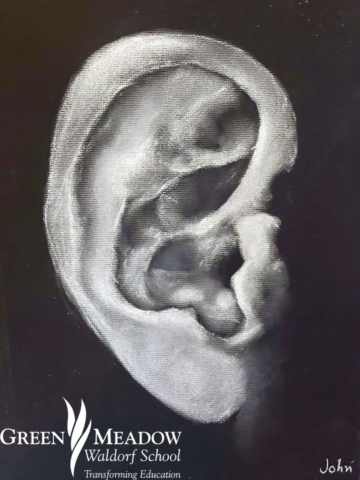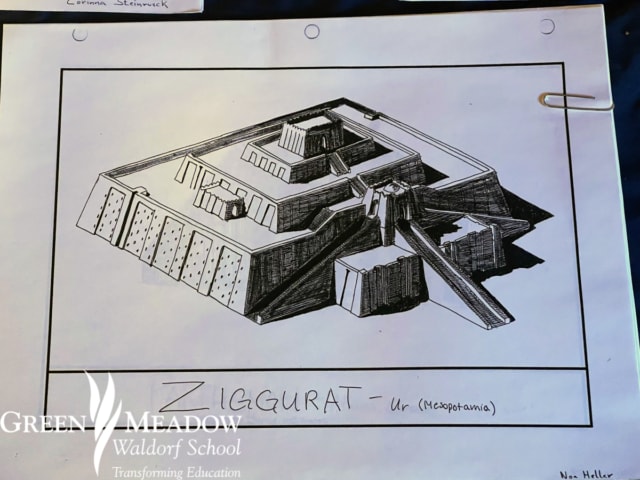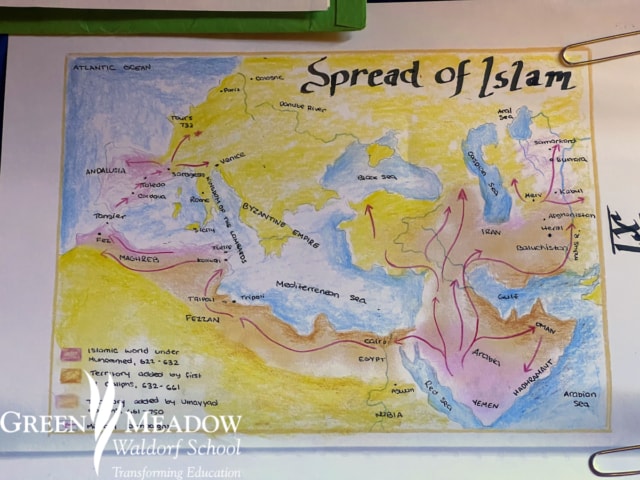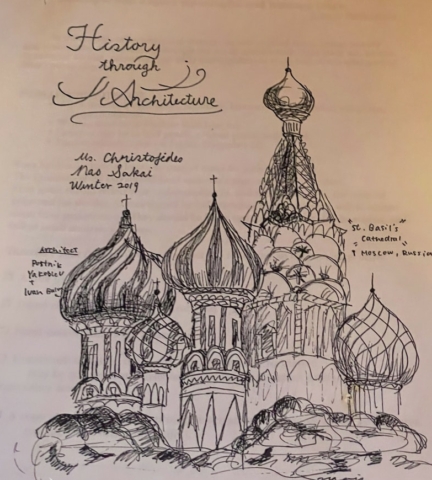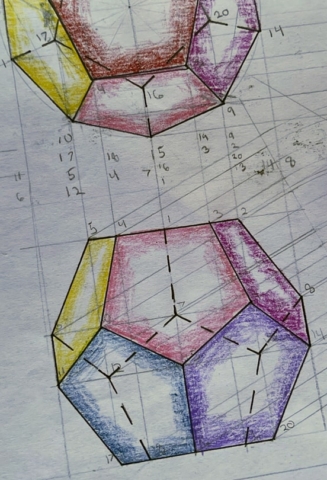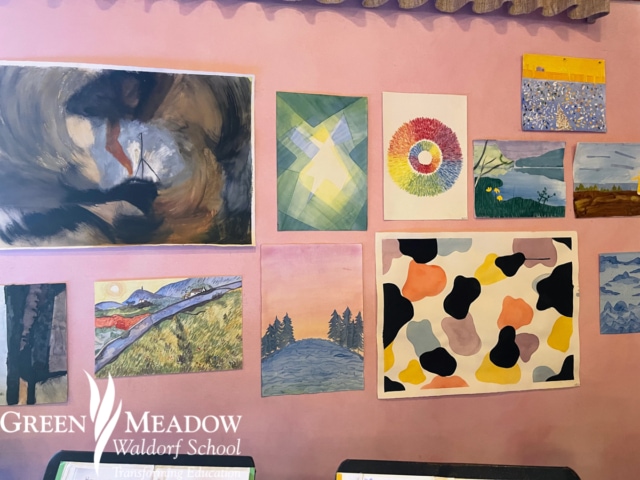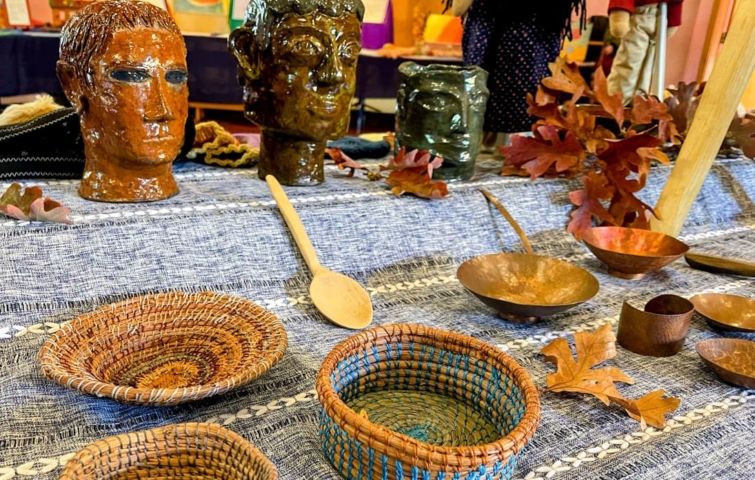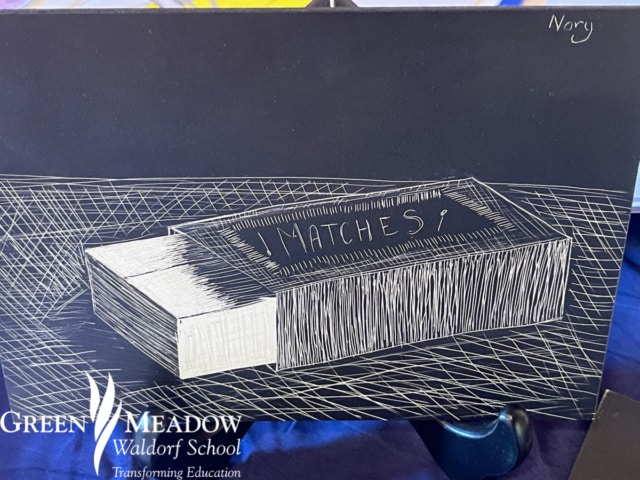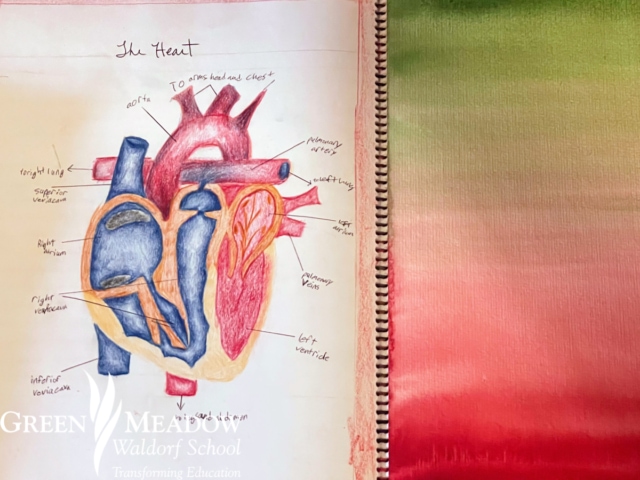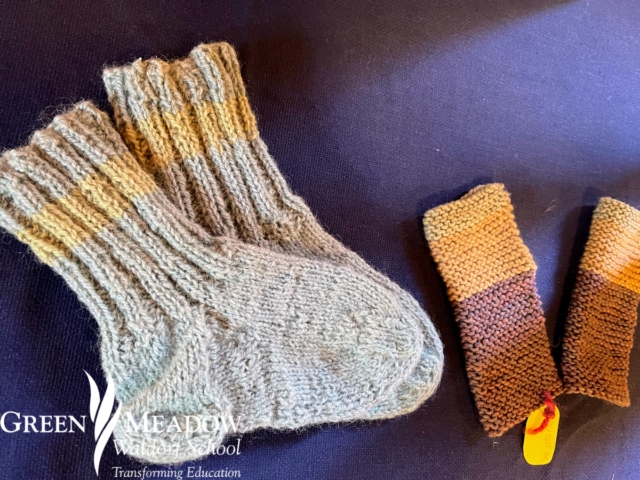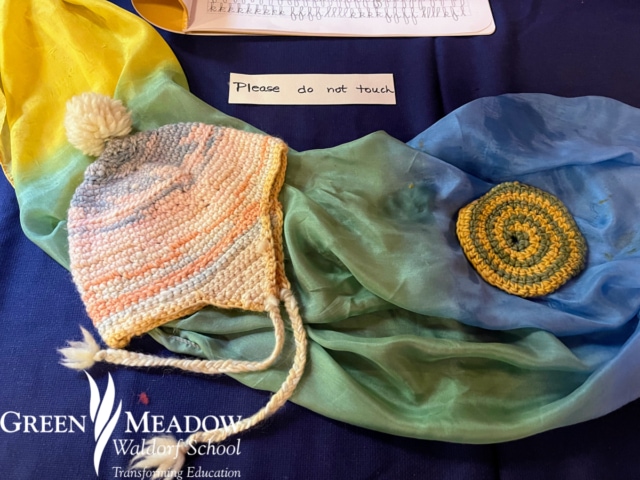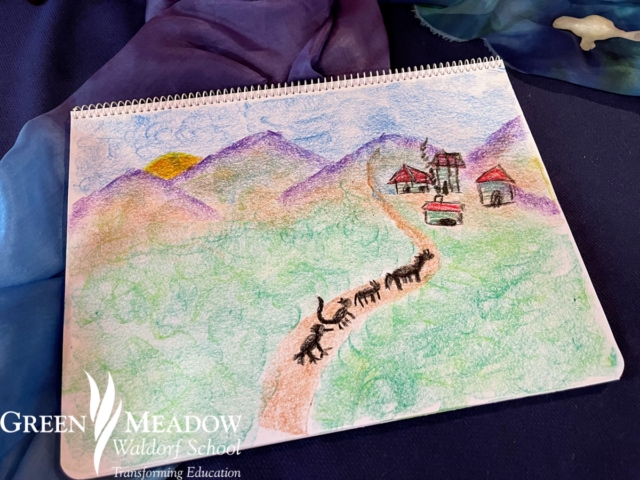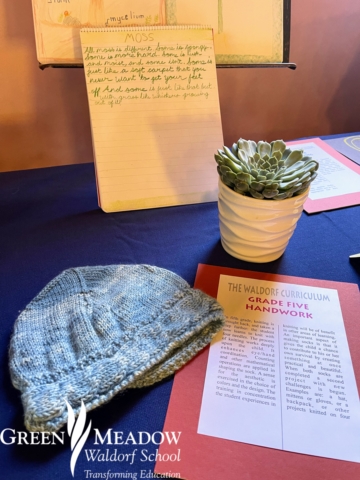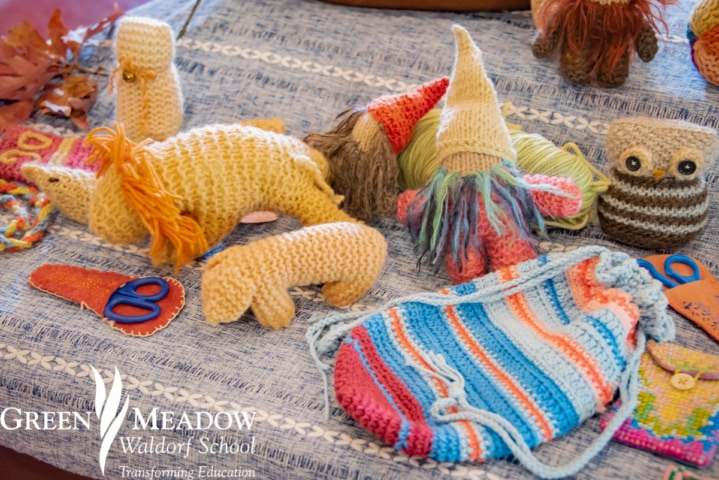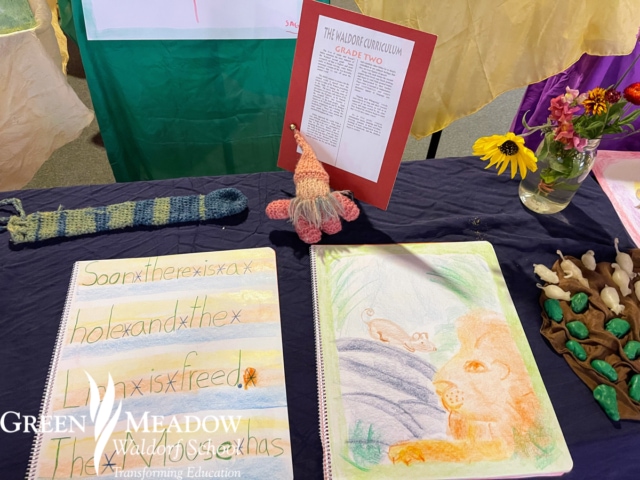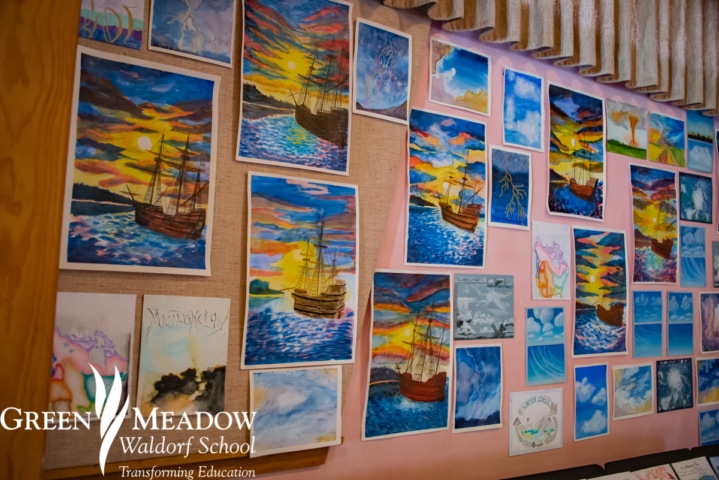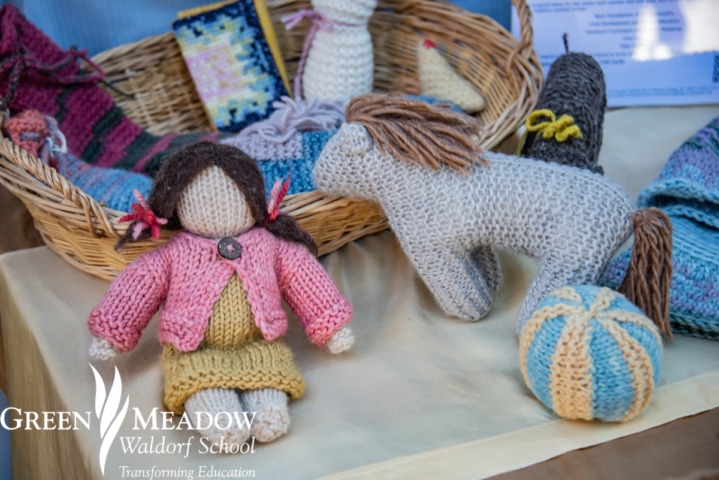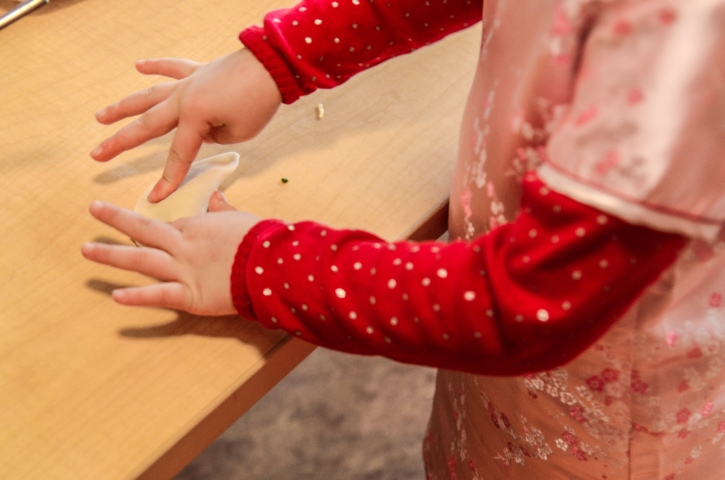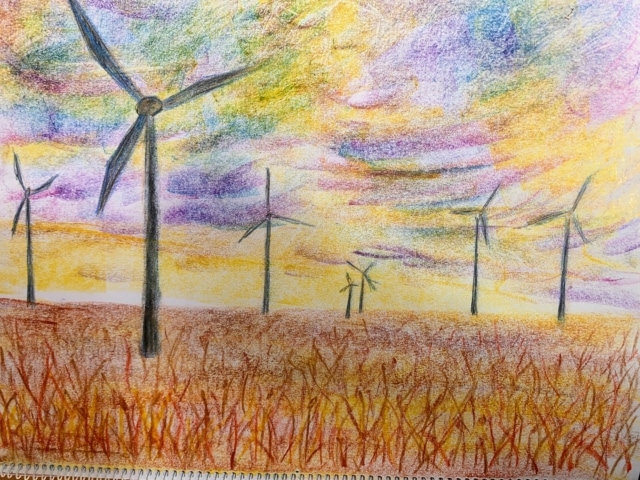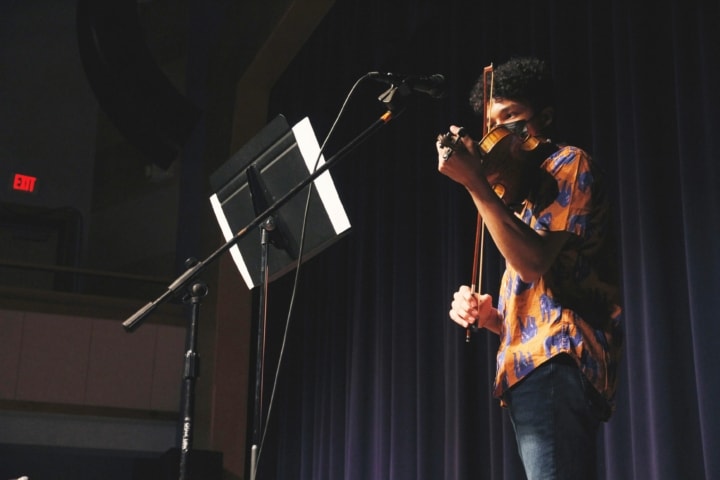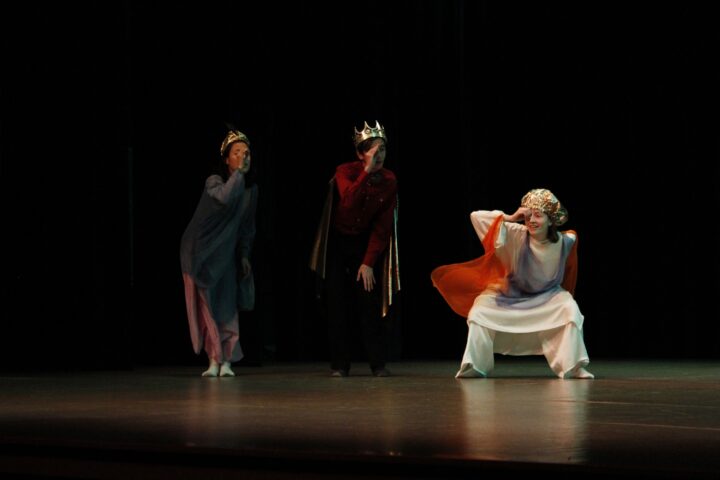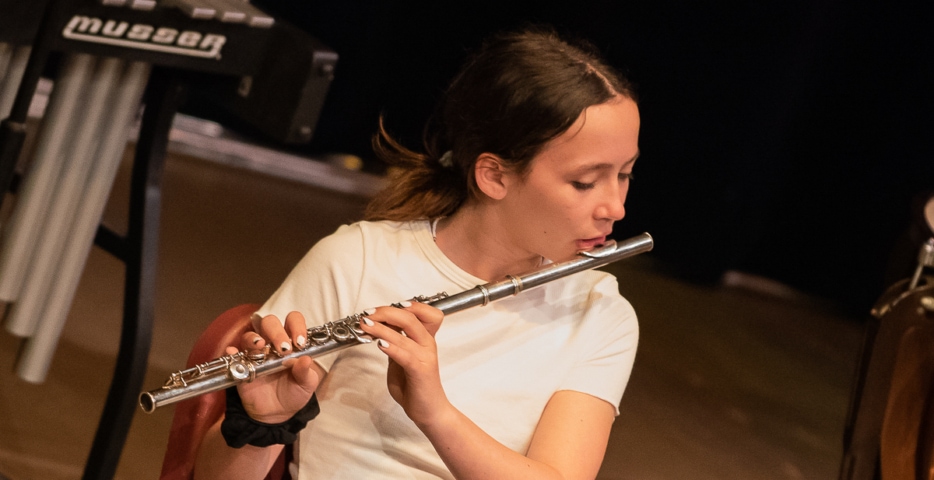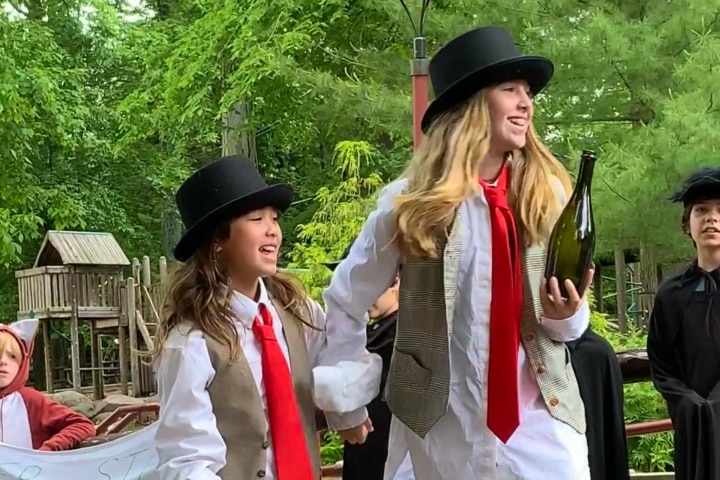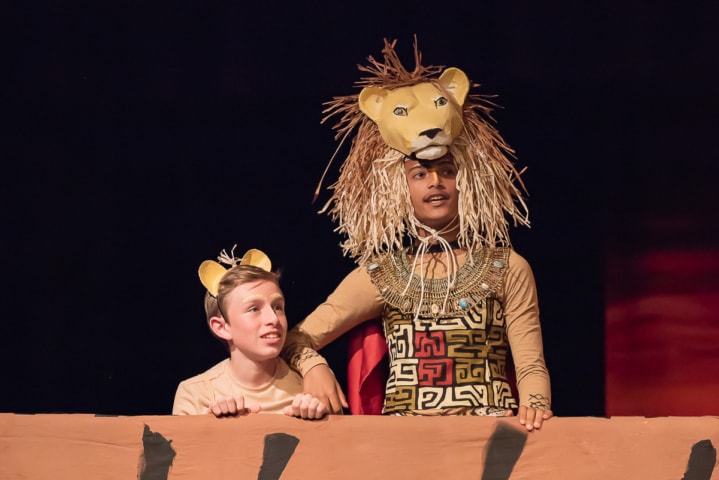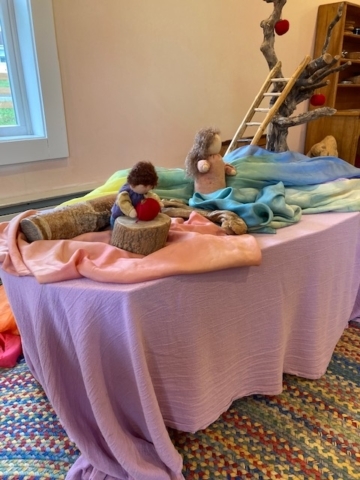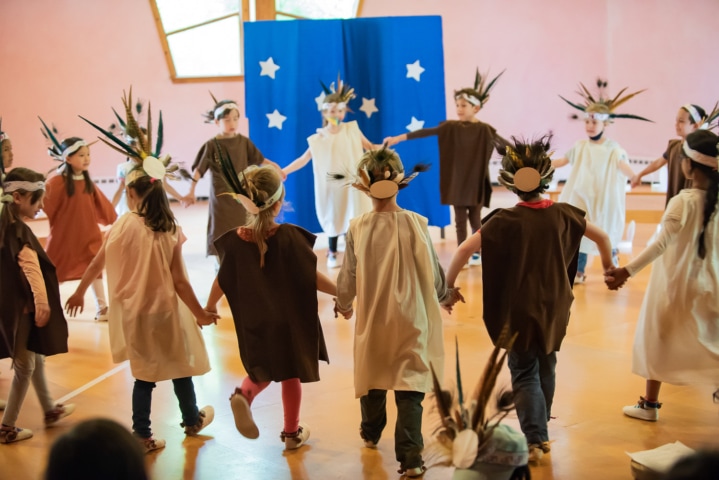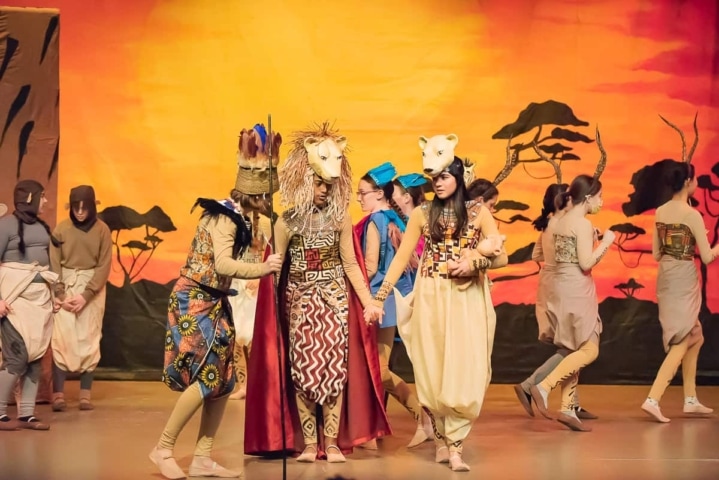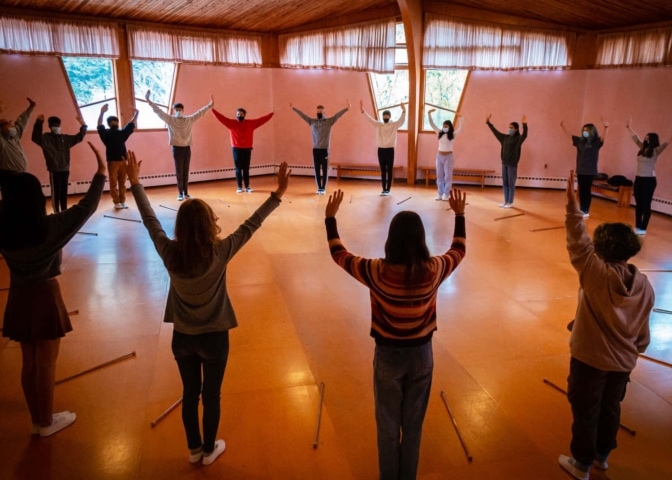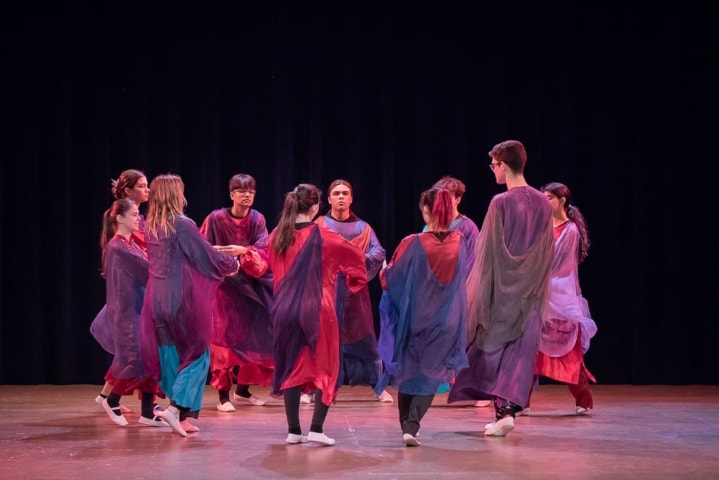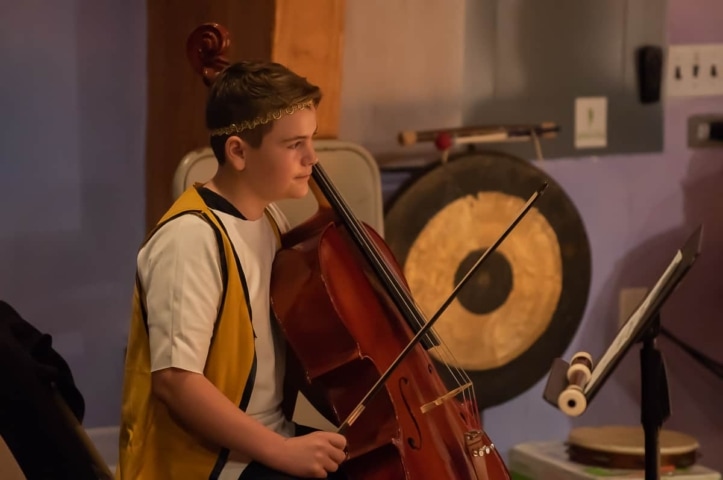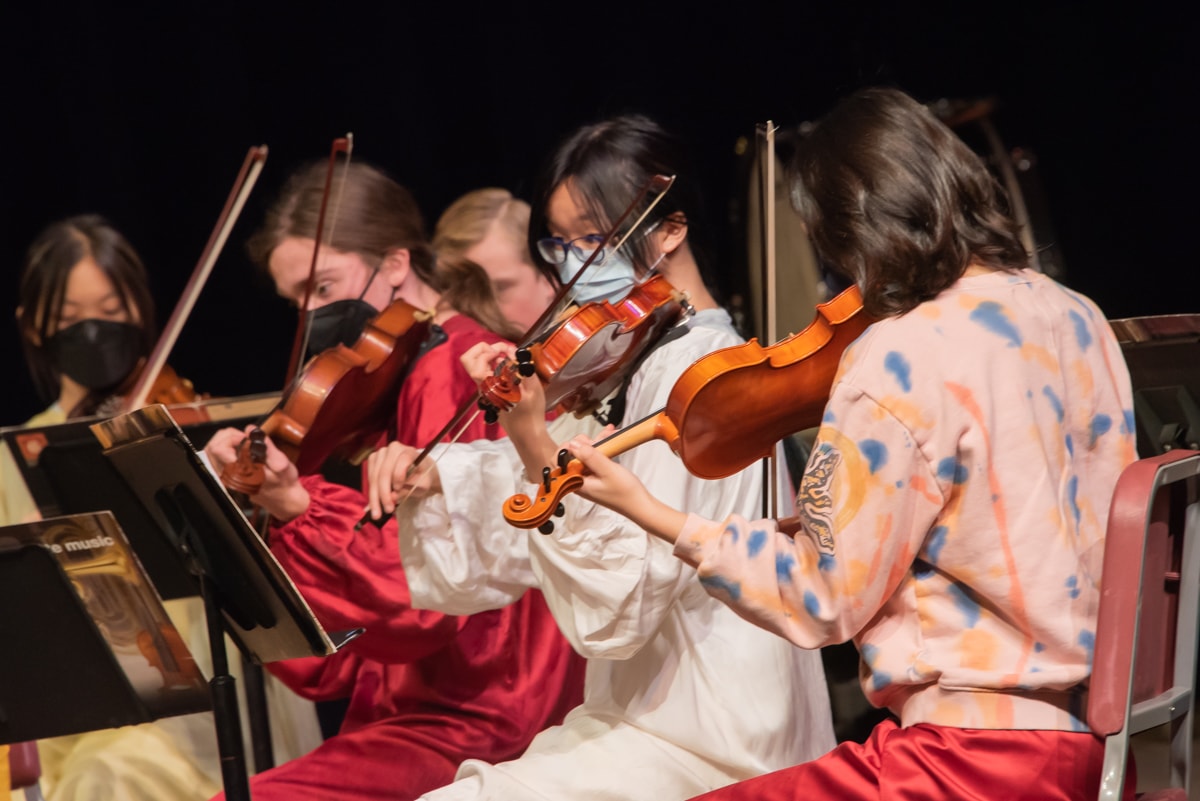
The Arts
The gesture of every art is to heal, to balance, and to make whole.
An artistic education is the foundation for a trusting, open and intimate experience of life. Our ability to live deeply with the wonders of our own sense experience is connected to our ability to experience and express qualities, moods, and feelings.
Through daily explorations in all art forms, our students develop creativity, problem solving skills, a deep appreciation for all expressions of culture, and practical skills that enhance their cognitive development and sense of belonging.
Music
The daily habit of music imbues our lives with harmony, beauty, and the capacity to listen to one another. Students sing through the day in early childhood, in first grade they learn to play the pentatonic flute, a string instrument in third grade, continuing instruction and ensemble playing through the twelfth grade.
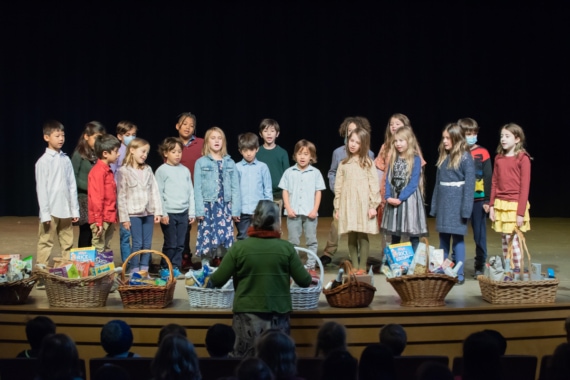
Visual Arts
Drawing and painting in the early childhood immerse students in the world of color and form. In the lower school, each student creates unique main lesson books, which include drawings, maps, and other artistic representation of academic content. Explorations in painting and drawing develop a deep understanding of color and form and develop careful observation skills. In high school students become fine artists and keen observers. The teacher collaborates with each student individually and supports the discovery of their own artistic process and artistic potential.
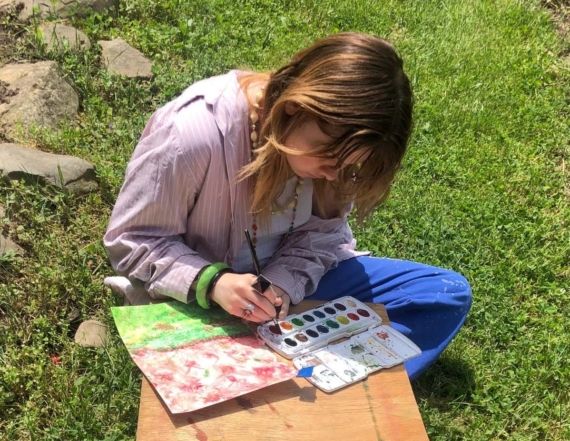
Eurythmy
An art form unique to Waldorf education, eurythmy is a healing art, and a performing art in middle school and high school, working with music, poetry, color, and choreography.
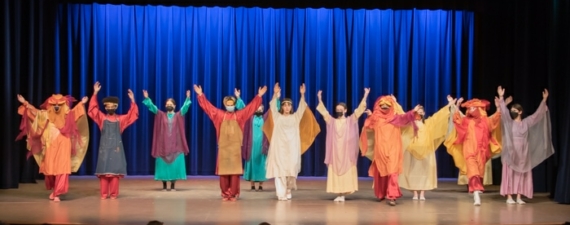
Practical Arts
The practical arts develop problem solving skills and aesthetic judgment capacities. Students think about a challenge and come up with practical solutions, strengthening the connection between thinking and doing. They build confidence while mastering practical arts such as knitting, crocheting, sewing, embroidery, woodwork, metalwork, clay modeling, basket weaving, and other crafts.
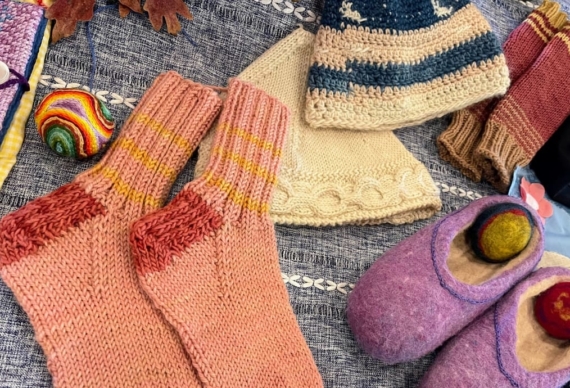
Drama
In the grade school, each class performs a play every year, ranging from a fifteen-minute retelling of a fairy tale with the first graders to a near-full-length play in the eighth grade and on to robust and complex plays in the high school, where students participate in all parts of the production. The possibility to represent different roles helps our students develop true empathy, interest, and insight into the many expressions of the human experience. Recent eighth grade musicals have included The Sound of Music, Fiddler on the Roof, The Pirates of Penzance, and The Lion King.
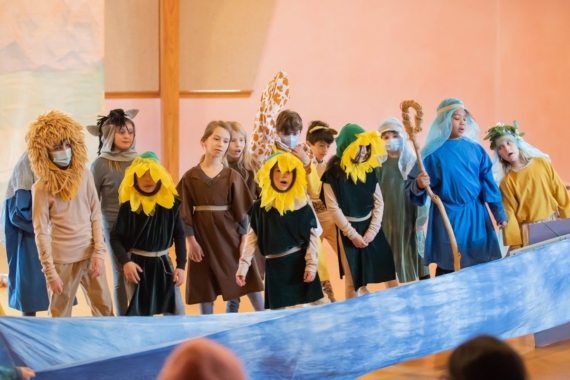
“Much of what young children do as play -singing, drawing, dancing- are natural forms of art. These activities engage all the senses and wire the brain for successful learning.”
David Sousa, How the Arts Develop the Young Brain
Still Have Questions?
We can help answer all of your burning questions about Green Meadow.
